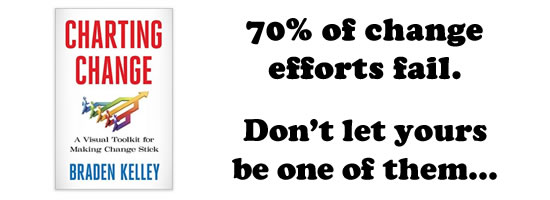Using AI To Support Recombination

Patented innovations line shelves as shown in the patent library above, and over the years I’ve written a number of times about the increasingly recombinative nature of innovation. This posits that new innovations are often a combination of existing innovations rather than truly novel ones. A paper from a few years ago found that roughly 40% of all patents were of this nature, with the number growing in recent times.
A recent paper from researchers at Carnegie Mellon University and the Hebrew University of Jerusalem highlights an AI driven approach to mine databases of patents and research papers for ideas that can be recombined into solutions for new problems.
Analogous Innovation
Central to the approach was an attempt to find analogies that connect seemingly disparate methods and problems. They used crowdsourcing to understand how people form analogies, before using this to train a deep learning algorithm to then mine the intellectual databases for potential innovations.
“After decades of attempts, this is the first time that anyone has gained traction computationally on the analogy problem at scale,” the authors say.
Once you can search for analogies, you can really crank up the speed of innovation, If you can accelerate the rate of innovation, that solves a lot of other problems downstream.”
Suffice to say, discovering analogies is not the easiest thing for a computer to do as it’s often one of those things we humans do without always understanding how we do it. Previous attempts at automating the job first required a handcrafted data structure to be created, which is incredibly time consuming and therefore not at all scalable.
Into the Crowd
The team turned to Mechanical Turk to recruit a number of volunteers to look for analogous products via the product innovation website Quirky. They did this by looking for a range of products with similar purposes or means of doing their job.
Each participant was told to explain how they came to their conclusions. For instance, they might describe a product in terms of both its purpose and its mechanism. This helps to provide connectors that can be used in creating the analogies.
These insights were then fed into the algorithm, before it was set loose on an additional dataset of product descriptions. The researchers tasked the algorithm with coming up some analogies of its own. Interestingly, it proved rather good at the task, and went beyond mere surface similarities to discover similarities between seemingly very different products. Indeed, when these were tested, the new product suggestions were rated as the most innovative ideas.
The team believe that the approach could easily be scaled up to be used as part of the innovation process by allowing organizations to find previously hidden connections between patents or research papers. With both datasets enormous and growing at a tremendous rate, it’s a problem that well suits autonomous methods, so it will be interesting to see what comes next for the team and their system.
Wait! Before you go…
Choose how you want the latest innovation content delivered to you:
- Daily — RSS Feed — Email — Twitter — Facebook — Linkedin Today
- Weekly — Email Newsletter — Free Magazine — Linkedin Group
 Adi Gaskell tells us: “I am a free range human who believes that the future already exists if we know where to look. From the bustling Knowledge Quarter in London, it is my mission in life to hunt down those things and bring them to a wider audience, with my posts here focusing particularly on the latest research on innovation and change.” Follow Adi @adigaskell
Adi Gaskell tells us: “I am a free range human who believes that the future already exists if we know where to look. From the bustling Knowledge Quarter in London, it is my mission in life to hunt down those things and bring them to a wider audience, with my posts here focusing particularly on the latest research on innovation and change.” Follow Adi @adigaskell
NEVER MISS ANOTHER NEWSLETTER!
LATEST BLOGS
Credit Card Shenanigans
It must be great to be in the credit card business in the United States. Demand is relatively inelastic and regulation is lax, so you can charge whatever you want for an interest rate, increase your fees once or twice a year, and make additional money off cash withdrawals and foreign exchange transactions.
Read MoreBuilding an Experience
As people become ever more immune to traditional advertising and marketing, branding will become more important. Branding is all about building an emotional connection with customers. Making the decision to follow a strategy focused on building a brand is not without peril, however, as it means that you will have to choose to not do certain things, like pursue a low price strategy.
Read More- « Previous
- 1
- …
- 4,132
- 4,133
- 4,134




